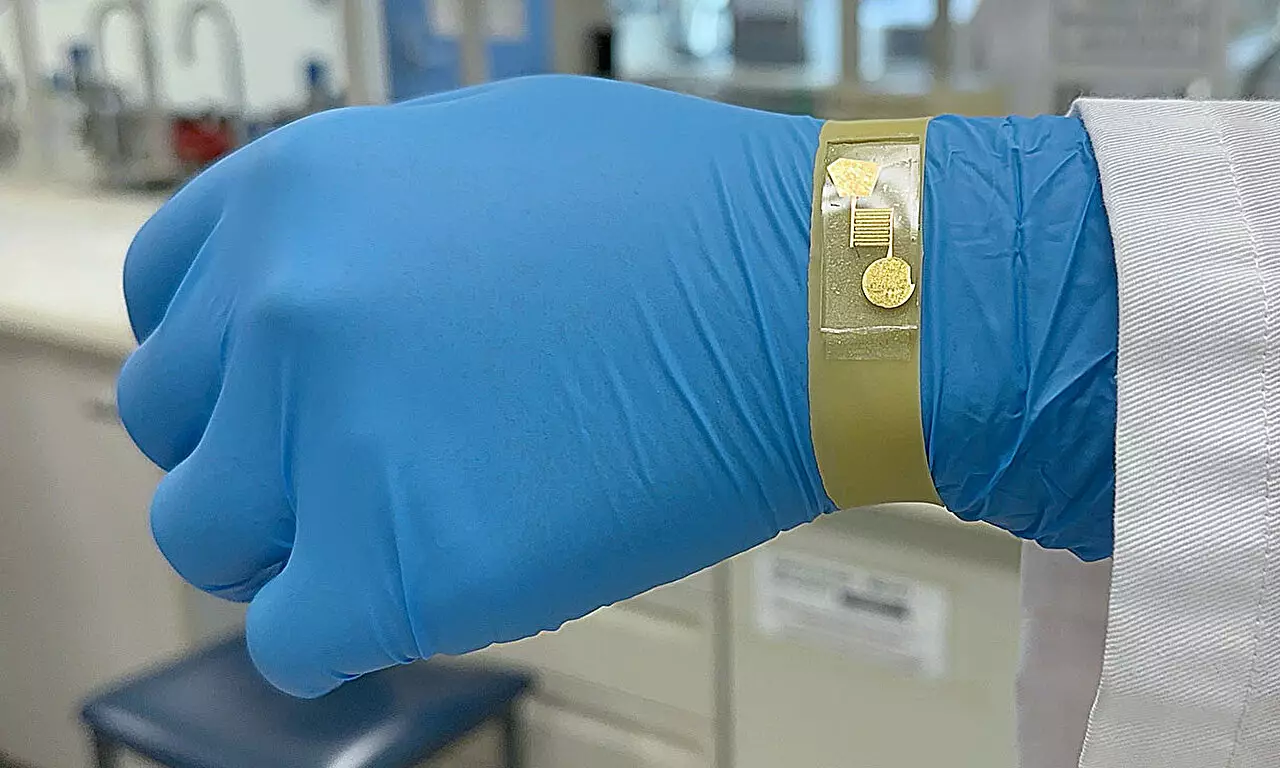The development of efficient and reliable gas detection sensors plays a crucial role in ensuring safety in various industries. In Australia, a team of engineers from RMIT University, the University of Melbourne, and the ARC Centre of Excellence for Transformative Meta-Optical Systems (TMOS) has recently made a breakthrough in gas detection technology. They have successfully created a small ammonia gas sensor with significant implications for safer hydrogen storage and specialized medical diagnostic devices. This article explores the potential applications and advantages of this innovative sensor.
Hydrogen has been recognized as a clean fuel source with immense potential for reducing carbon emissions. Ammonia is considered one of the most effective ways to store hydrogen safely. However, proper detection of ammonia gas leaks during the transportation and storage of hydrogen is crucial to ensuring safe operations. The newly developed ammonia gas sensor addresses this need by providing reliable and sensitive detection capabilities. By quickly spotting potentially dangerous leaks, the sensor can significantly enhance the safety of hydrogen storage systems.
Aside from its relevance in hydrogen storage, ammonia gas detection also holds promise in the field of medical diagnostics. Ammonia is a biomarker for various diseases, including kidney and liver-related disorders. The team’s innovative sensor, capable of measuring minute amounts of ammonia, can potentially detect the presence of the gas in human breath. This breakthrough could revolutionize the way doctors diagnose certain health disorders. With the sensor acting as an efficient electric “nose,” medical professionals would be alerted to potential issues through quick and non-invasive breath tests.
One of the key advantages of the developed sensor lies in its superior sensitivity and selectivity. Using atomically thin transparent tin dioxide, the team was able to detect ammonia at significantly smaller levels than existing technologies. Its unique design allows for the efficient detection of even the tiniest amounts of ammonia while differentiating it from other gases with higher selectivity. This distinguishing feature sets the sensor apart from current detection methods, making it a promising solution for a range of applications.
The sensor operates based on changes in the electrical resistance of the tin oxide film when exposed to ammonia. Higher levels of ammonia result in a greater change in the device’s resistance. To test its performance, the researchers conducted experiments in a specially designed chamber that simulated various concentrations of ammonia gas and different temperature conditions. With successful outcomes, the team is confident in the sensor’s ability to instantaneously differentiate between safe and dangerous levels of ammonia in an environment.
Traditionally, ammonia detection methods have called for expensive laboratory equipment, qualified technicians, extensive sampling, and time-consuming processes. The team’s miniaturized sensor offers a safer and less cumbersome alternative to existing techniques. Furthermore, the reproducible deposition of tin oxide allows for cost-effective mass production of these sensing devices. This breakthrough introduces the opportunity for wider adoption of ammonia gas detection and expands its potential uses across various industries.
The successful development of the sensor relied on a low-cost and scalable technique for depositing super thin tin dioxide onto a base material, including flexible substrates. Existing approaches faced significant challenges in achieving this result. By directly harvesting a tin oxide film from the surface of molten tin at 280 degrees Celsius, the team achieved a film that is 50,000 times thinner than paper. This breakthrough in deposition technique opens the door to further advancements in gas detection sensor manufacturing.
The newly developed ammonia gas sensor is a testament to the innovation and collaboration among researchers in Australia. Its potential to enhance safety in hydrogen storage and revolutionize medical diagnostics through non-invasive breath tests makes it a significant advancement in gas detection technology. With its superior sensitivity, selectivity, and cost-effective manufacturing possibilities, this sensor has paved the way for safer and more efficient industrial processes and medical practices.


Leave a Reply